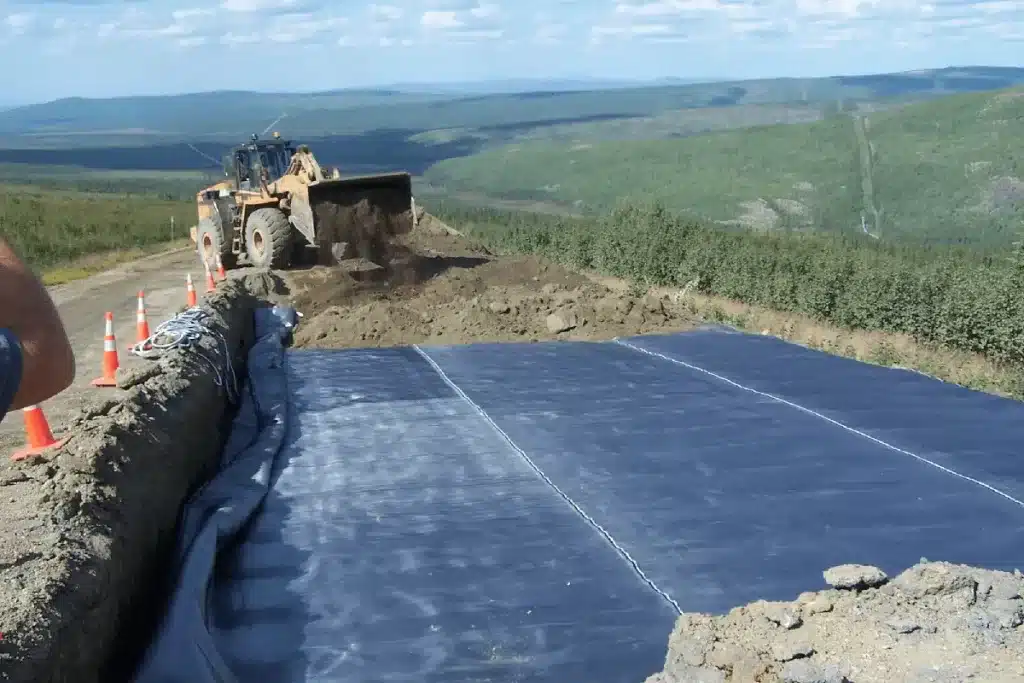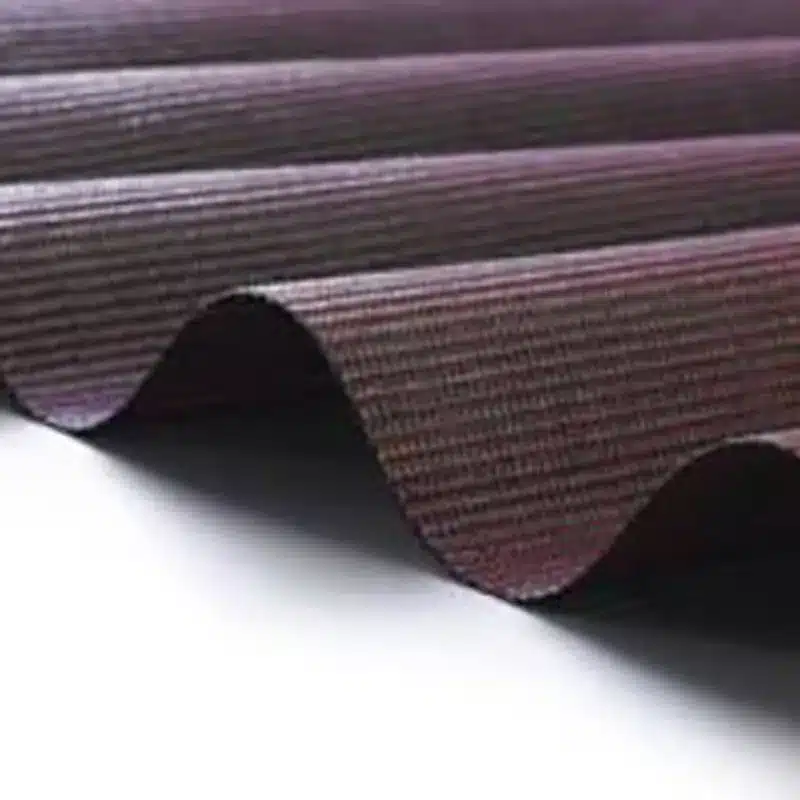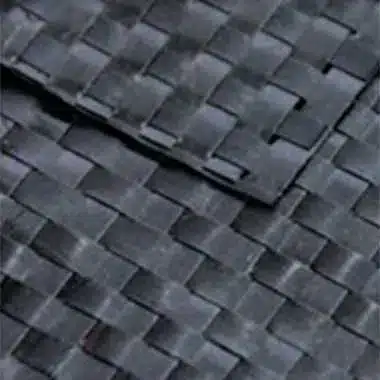+86-159 9860 6917
info@geofantex.com
geofantex@gmail.com
+86-400-8266163-44899
Geotextile fabric, a permeable material primarily used in civil engineering, is revolutionizing driveway construction and maintenance. The woven geotextile driveway weed barrier serves as a formidable option, enhancing the structural integrity of the driveway while preventing unwanted weed growth. The versatility of this woven geotextile extends beyond simple weed control, offering benefits such as improved water drainage and root resistance. In this article, we explore how woven geotextile fabric functions effectively as a driveway weed barrier and address common questions regarding its effectiveness and application.
Does geotextile fabric stop weeds?
Absolutely. Geotextile fabric is specifically designed to suppress weeds while allowing water and air to permeate, ensuring the soil underneath remains healthy. Woven geotextile fabrics are excellent for preventing weed growth when used beneath driveways; they act as a physical barrier, preventing weed seeds from reaching the soil surface to germinate. This barrier is not only effective but also environmentally friendly compared to chemical weed killers.

Does woven geotextile fabric let water through?
Yes, woven geotextile fabric is permeable and allows water to pass through, providing drainage by enabling water to seep through. This characteristic is crucial for maintaining proper drainage in areas like driveways, preventing water buildup and the associated problems of pooling and erosion. The fabric’s design ensures that water drains through while filtering out finer soil particles, maintaining stability and preventing rutting.
Is woven or non-woven weed barrier better?
The choice between woven and non-woven weed barriers depends on the specific needs of the application. Woven geotextiles are best suited for situations requiring higher strength and filtration, such as stabilized driveways or areas with heavy traffic, where woven landscaping fabrics work best. Non-woven geotextiles, on the other hand, are typically thicker and better at water permeability, making them ideal for situations requiring efficient drainage and weed suppression.
Can roots grow through geotextile fabric?
In general, geotextile fabrics are designed to resist root growth. However, the degree of resistance can vary between different types of geotextile. Woven fabrics are usually more resistant to penetration by roots compared to non-woven fabrics due to their tighter weave. Despite this, studies have shown that all containers with trees had roots that grew through the geotextile into the compacted subsoil, highlighting that in some cases, root penetration can still occur. For areas where root penetration is a major concern, thicker or specially treated geotextiles might be required to ensure complete root barrier protection.
Geotextile fabric serves as an effective and environmentally friendly driveway weed barrier. Its ability to block weeds, allow water drainage, and resist root penetration makes it an indispensable material in modern driveway construction and maintenance. Whether you opt for woven or non-woven geotextile depends on your specific requirements, but either choice provides significant benefits in preserving the longevity and appearance of your driveway. By understanding the properties and applications of geotextile fabric, homeowners and builders can make informed decisions that lead to durable and low-maintenance driveways.



Get Free Sample
We’ll respond as soon as possible(within 12 hours)






















